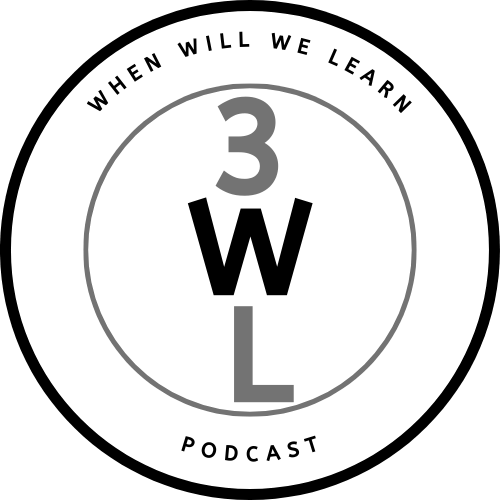
Where Everyone Can Learn To Read
If Reading Looks Like This
Don't Wait,
Get Screened!

20% of kids have a neurological challenge that effects their ability to read
Our screener analyzes over 600 data points that help to identify four key processing issues and four key reading skills. This process helps to assess the overall risk of dyslexia. This screener is reviewed by expert doctors that provide additional valuable insights The screener also provides automated reports to help you better understand the results.
In addition we also perform an assessment to begin determining what the initial remediation process should look like. The assessment gives the student and the parents a feel for what the remediation process will be like. It also allows us the opportunity to further assess the student which will help to inform the remediation plan.
To learn more or to schedule the screening and assessment give us a call at (608)287-4603.
What People Say About SRBF Screening
Scientifically Based Tutoring
Our program is a Orton-Gillingham based approach, but in addition we incorporate some of the latest science that has been shown to produce better educational results.
Orton-Gillingham is the time tested standard for helping students who have difficulty learning to read, or spell.. This makes it a great place to start. The approach is often used with students who have challenges such as dyslexia, or executive function issues. It can also be effective in helping traditional students who are struggling in reading or have other issues like ADD/ADHD.
The Orton-Gillingham approach is based on several principals:
- It’s a multisensory approach that incorporates seeing, hearing, feeling and movement.
- The information is structured and sequential, moving from simple concepts to more complex concepts.
- It’s a direct and explicit approach ensures that one concept is mastered before moving to the next.
- The diagnostic and prescriptive approach is based on the students unique learning style and focuses on their difficulties.
- Orton-Gillingham is tailored to individuals needs.
What we do in addition to traditional Orton-Gillingham programs
Struggling Readers Bright Futures (SRBF) utilizes a “Train the Parent” approach, so the parents can assist the student in daily exercises that take 10-20 minutes a day. Parents are the only ones who are present enough in the students life to maintain the consistency needed to help the student progress quickly. Don’t worry what we ask the parents to do doesn’t require any special skills or training. They don’t even have to be good readers.
Many struggling readers have developed a lot of negative emotion, fear, and frustration regarding reading. To deal with these issues, we borrowed concepts from Cognitive Behavioral Therapy (CBT) and Emotional Freedom Therapy (EFT). These concepts help to put the student in a better frame of mind so they are more open to believing they can become confident, effective readers. Who knows, maybe someday they will even learn to enjoy reading.
The SRBF process is fun because many of our lesson components are games. Games and gamification have been shown to keep students more engaged which results in better learning outcomes. Many of these games are designed to help improve executive function or working memory. They typically include physical movement that crosses the midline of the body. This type of movement activates the cross corpus callosum connection that helps improve neural plasticity. Neural plasticity is effectively rewiring the brain which helps to make processing and recall of information more efficient over time.
We use a unique approach to teaching the schwa (ə) sound. In traditional education the schwa sound is seldom talked about and taught even less often. What’s funny about that, is that the schwa sound is the most common sound in the English language. Struggling readers are often confused by the schwa sound, because it can be made by every vowel and some letter combinations. If struggling readers aren’t taught how to identify the schwa sound they can get caught in a negative neural loop. When caught in the loop all the negativity that they have developed regarding reading comes flooding back and it becomes difficult for them to move forward. That’s why we have a heavy influence on teaching how to identify the schwa sound.
Prosody is reading that sounds good. The reader is able to convey the proper emotion, rhythm, tone and pitch. Prosody reading is the hallmark of a skilled reader and is probably the most important component of the SRBF methodology.
To learn more about the Struggling Readers Bright Futures method and whether or not it is a fit for your student gives us a call. If nothing else you can get a little free advice.
What People Say About SRBF Tutoring
Checkout The
"When Will We Learn" Podcast
There will be no sacred cows. Just straight talk with leading experts about all things learning and education.
Topics to be discussed:
Alternative Education
Special Education/IEPs
Public Education
Dyslexia
Learning Styles
ADD/ADHD
Teaching Styles
Neuroplasticity
Lifelong Learning
The Neuroscience of Learning
Homeschooling
Goals of Education
Everyone can have input and everyone should have a viewpoint.
Available on Spotify or wherever you get your podcast.
Launching November 2024

Schedule a time for a call
